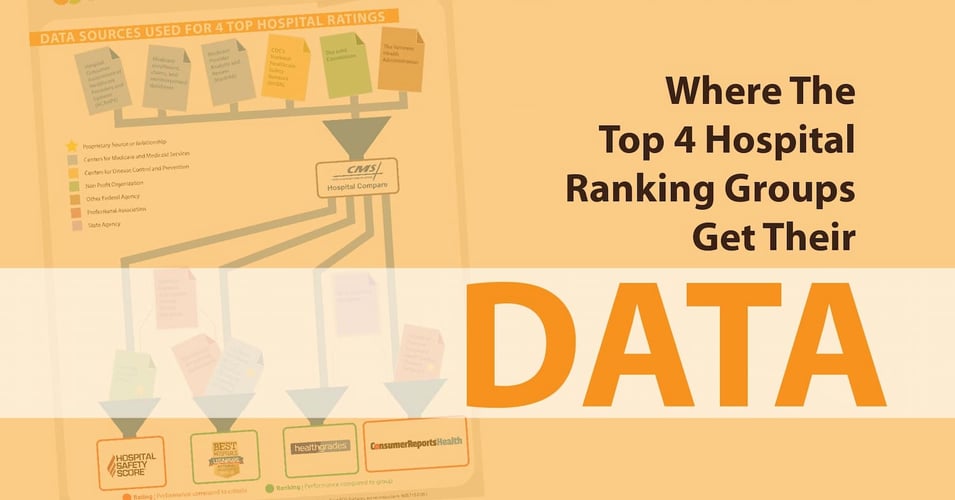What is the Midnight Census?

Hospitals are complex ecosystems that require meticulous planning and real-time data to function effectively. One critical metric in this operational puzzle is the midnight census. While the term may sound mysterious, its significance is anything but. This blog post will explore what the midnight census is, why hospitals rely on it, and how this data shapes decision-making.
What Is the Midnight Census?
The midnight census refers to the official count of inpatients at a hospital at 11:59 PM each day. This snapshot includes all patients admitted and occupying beds at that specific time, regardless of their condition or length of stay. It does not typically include patients in the emergency department (unless they have been formally admitted) or those in outpatient services.
Why Midnight?
The timing of the census at midnight is not arbitrary. It allows for a standardized daily cutoff point, ensuring consistency in reporting and analysis. Midnight is also a time of relatively low activity in most hospitals, making it a practical moment to assess patient occupancy without overlap from admissions and discharges that occur during the day.
How Hospitals Use Midnight Census Data
1. Capacity Planning
The midnight census provides an accurate measure of bed occupancy. This data is essential for determining whether the hospital can accommodate new admissions, including patients from the emergency department, transfers from other facilities, or elective procedures scheduled for the following day.
2. Staffing Decisions
Staffing levels are often adjusted based on patient census data to ensure adequate nurse-to-patient ratios and resource allocation. For example, a higher census may require calling in additional staff, while a lower census might allow for reassignment or reductions.
3. Financial and Operational Metrics
The midnight census directly impacts key financial and operational benchmarks:
- Length of Stay (LOS): Hospitals track how long patients remain admitted to manage efficiency and quality of care.
- Utilization Rates: A higher census may indicate optimal resource use, while a persistently low census might suggest overcapacity or declining patient volumes.
- Billing and Reimbursement: Many payment models, especially for government programs like Medicare and Medicaid, rely on census data to calculate reimbursements.
4. Strategic Planning
Trends in midnight census data can inform long-term decisions about expanding facilities, investing in new equipment, or adjusting service lines. For example, if the census consistently shows high occupancy in specific departments like ICU or maternity, it may prompt the hospital to increase capacity in those areas.
5. Public Health Insights
Aggregated census data across hospitals can provide insights into community health trends. For instance, spikes in census numbers during flu season or natural disasters can help public health officials allocate resources and respond effectively.
Challenges in Using Midnight Census Data
While valuable, the midnight census is not a perfect measure. It only provides a single snapshot in time and may not capture the nuances of patient flow throughout the day. Hospitals often complement it with real-time bed tracking systems and other metrics for a more comprehensive understanding of patient volume and resource needs.
The midnight census may seem like just another statistic, but it is foundational to hospital operations. From managing day-to-day logistics to shaping long-term strategies, this data is vital for delivering safe, efficient, and patient-centered care. Understanding the midnight census is key to appreciating the intricate planning that keeps hospitals running smoothly.
If you’re interested in how data impacts healthcare operations or innovations that improve patient safety and outcomes, explore our posts about data validation and artificial intelligence!
![EOScu Logo - Dark - Outlined [07182023]-01](https://blog.eoscu.com/hubfs/Eoscu_June2024/Images/EOScu%20Logo%20-%20Dark%20-%20Outlined%20%5B07182023%5D-01.svg)

![[infographic] Types of Hospitals in the USA Download and share!](https://no-cache.hubspot.com/cta/default/216314/interactive-178216580399.png)



